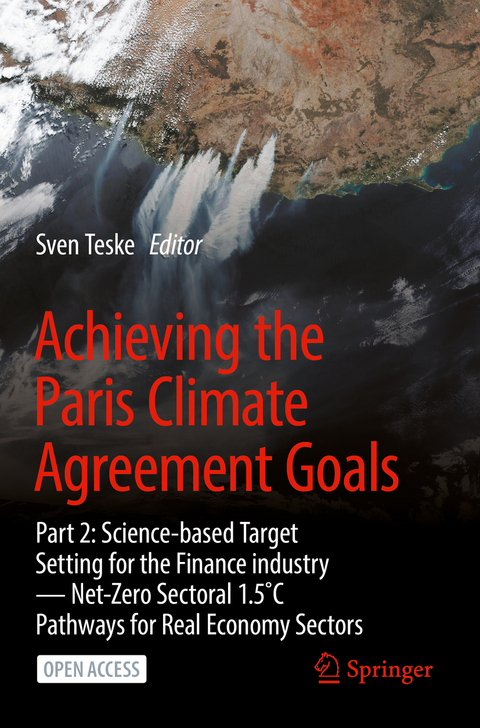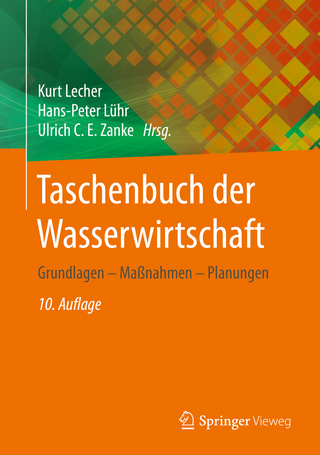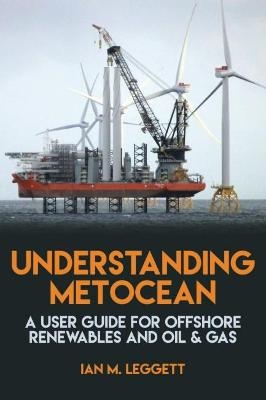
Achieving the Paris Climate Agreement Goals
Springer International Publishing (Verlag)
978-3-030-99179-1 (ISBN)
This open access book is designed as a continuation of the editor's 2019 book Achieving the Paris Climate Agreement Goals. This volume provides an in-depth analysis of industry sectors globally, and its purpose is to present emission reduction targets in 5-year steps (2025 to 2050) for the main twelve finance sectors per the Global Industry Classification System. This scientific analysis aims to support the United Nations Principles for Responsible Investment initiative to give sustainability guidance for the global finance industry. The industry sector pathways presented here are based on the latest global and regional 100% renewable energy and non-energy greenhouse gas Representative Concentration Pathways in order to keep climate change significantly under +1.5 C and thereby achieve the Paris Climate Agreement goals.
The heart of this book is three chapters presenting the results of industry scenario modelling. These chapters cover twelve industry and service sectors as well as transportation and buildings. The specific energy demand and specific emissions are presented based on the emission accounting concept of "Scope 1, Scope 2 and Scope 3" emission pathways. This methodology has been developed to measure the climate and sustainability index for companies, and this research project expands the methodology to apply it to entire industry sectors. The results presented here are the first overall industry assessments under Scope 1, 2 and 3 from 2020 through 2050. The base for the energy pathways is the scenarios scenarios published in the previous volume. The nonenergy GHG emission scenarios, broken down to agriculture & forestry and industry, are detailed and include all major greenhouse gases and aerosols. The final section of the book presents the main conclusions of the industry pathway development work and recommendations for the finance industry and policy makers. Additionally, future qualitative future investment requirements in specific technologies and measures are presented.Part 1 of this title can be found at this Link: https://link.springer.com/book/10.1007/978-3-030-05843-2
Dr Sven Teske is an Associate Professor and Research Director at the Institute for Sustainable Futures. Dr Teske has 25 years' experience in technical analysis of renewable energy systems and market integration concept. In 2019, he published a SPRINGER open access book "Achieving the Paris Climate Agreement Goal" which had over 295,000 chapter downloads within 3 years - it was among the best performing books in this sector. In 2020, the United Nations Program Responsible Investments (UNPRI) and the Net-Zero-Asset Owner Alliance (NZAOA) commissioned a research - based on the successful Springer book - to develop Sectorial Pathways to Net Zero Emissions for 5 Industry sectors (published in February 2019). He has published over 50 special reports about renewable energy markets like the REN21 Global Status Report Renewables (May 2018), REN21 Global Futures Report 2017, 100% Renewable Energy pathways for Tanzania (2017), Mindanao/Philippines (2018), Kangaroo Island (2016), Australia (2016) as well as the global 100% renewable energy scenario "Energy [R]evolution" (2015). Furthermore, various reports with a focus on grid integration of large shares of variable solar and wind power e.g. a grid analysis for the Chinese province Jiangsu in cooperation with the China State Grid Company (2014), the Europe Union (2014) and the North-Indian Province Bihar.
Chapter 1: Science-based industry GHG targets, Nationally Determined Contributions (NDC) and the scientific status quo of climate change.- Chapter 2: Development of industry GHG emission and energy demand- past, present and future perspectives.- Chapter 3: Industry GHG target setting, Scope 1, 2 and 3 emissions - the concept.- Chapter 4: Modelling approaches.- Chapter 5: Main assumptions for Industry pathways.- Chapter 6: Renewable Process Heat.- Chapter 7: Renewable Fuels: Hydrogen-, Synthetic- and biofuels.- Chapter 8: Negative emissions: Nature-based-solutions.- Chapter 9: Industry energy pathways - Scenario results.- Chapter 10: Scope 3 industry emissions and future pathways.- Chapter 11: Mapping out Carbon Conservation and Protection Zones (CCPZ).- Chapter 12: Discussion, Conclusions and Recommendations.
| Erscheinungsdatum | 11.08.2022 |
|---|---|
| Zusatzinfo | LXXVIII, 384 p. 87 illus., 81 illus. in color. |
| Verlagsort | Cham |
| Sprache | englisch |
| Maße | 155 x 235 mm |
| Gewicht | 706 g |
| Themenwelt | Naturwissenschaften ► Geowissenschaften ► Meteorologie / Klimatologie |
| Schlagworte | Carbon Capture and Storage • climate change science • emission reduction targets • Global Industry Categorisation System • open access • Paris Climate Agreement • renewable energy • sustainable finance policies |
| ISBN-10 | 3-030-99179-2 / 3030991792 |
| ISBN-13 | 978-3-030-99179-1 / 9783030991791 |
| Zustand | Neuware |
| Haben Sie eine Frage zum Produkt? |
aus dem Bereich


